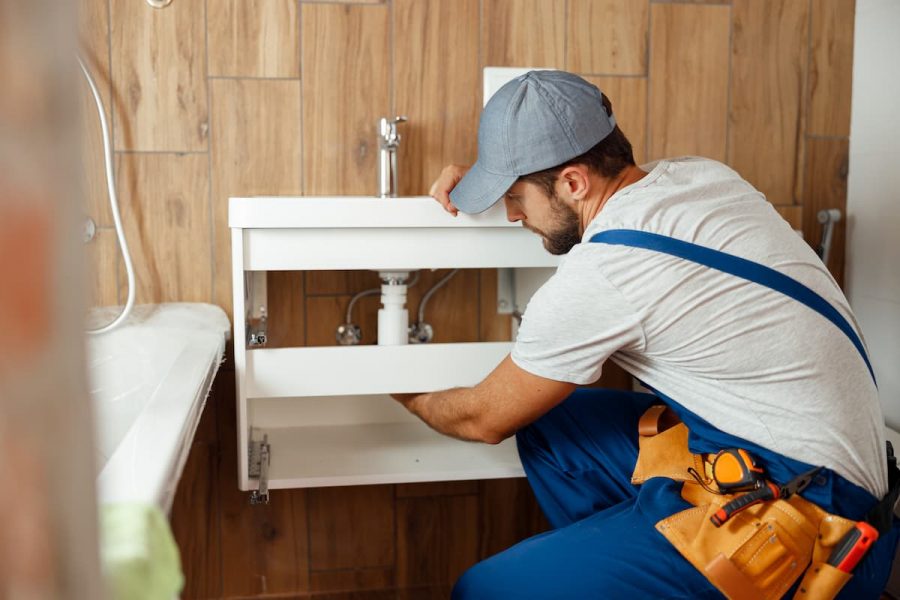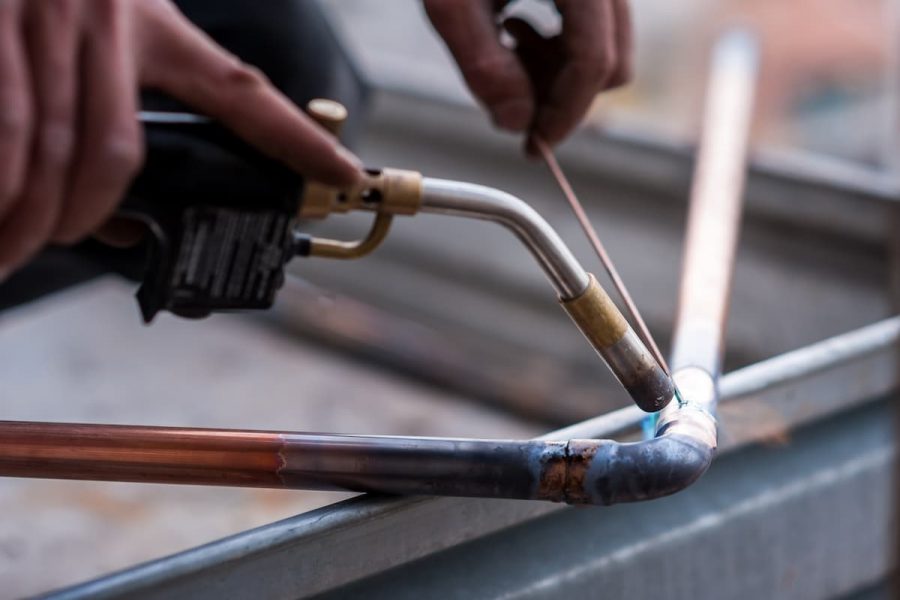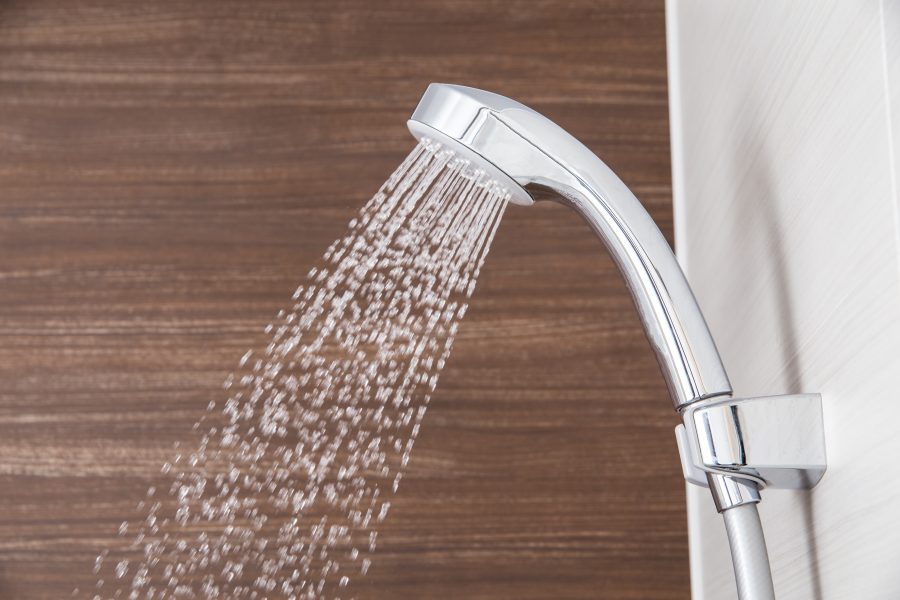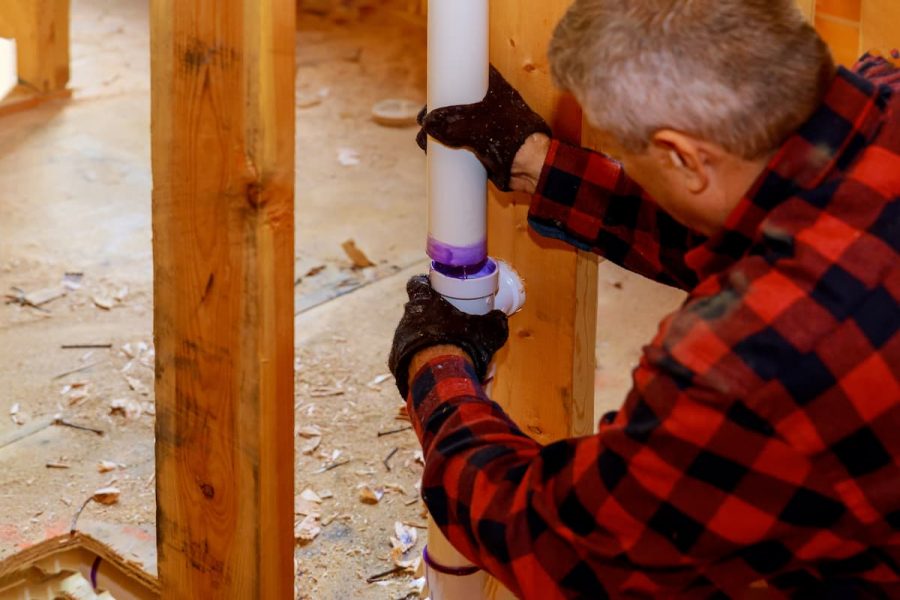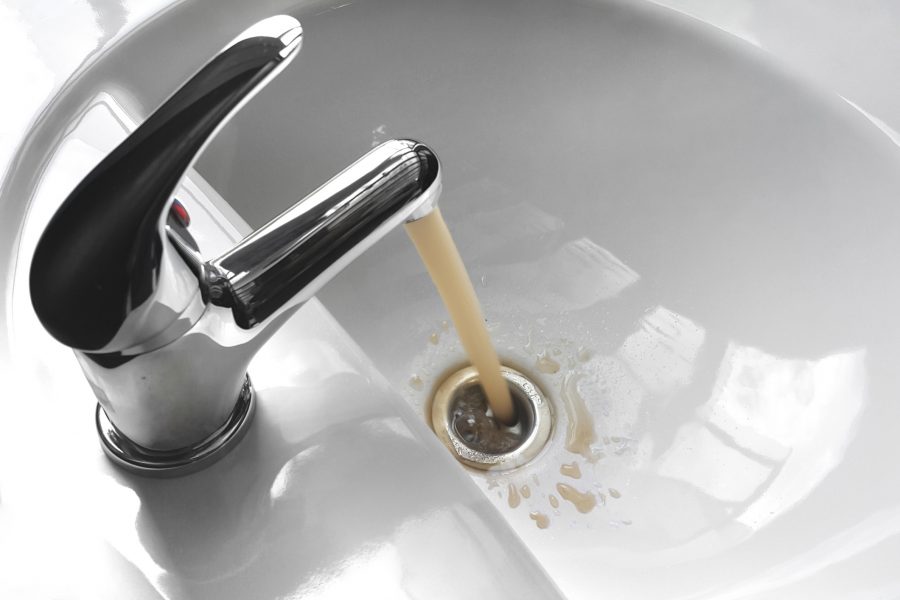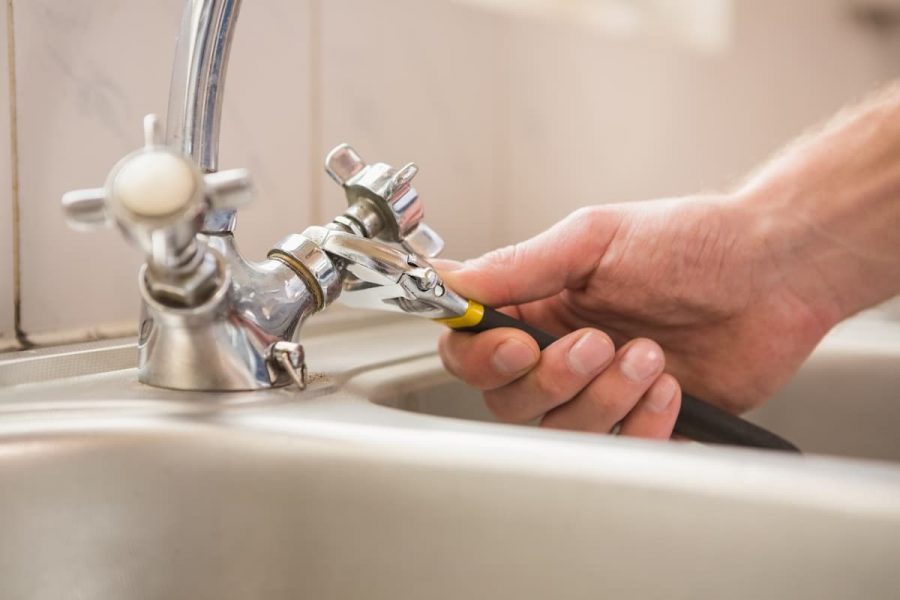
As the warm weather of spring approaches, now is the time to start thinking about potential plumbing issues that could arise. Although most plumbing problems can be fixed relatively easily, some can be more serious and require the help of a professional.
To help you be prepared for any potential plumbing issues this spring, we’ve compiled a list of the 5 most common problems. From clogged drains to leaky pipes, read on to learn more about the potential spring plumbing issues that homeowners need to know!
Clogged Gutters
Clogged gutters are a common problem during the spring months and they can cause major issues if they aren’t taken care of quickly. Clogged gutters can lead to flooding, water damage, and even foundation damage. Clean your gutters regularly and make sure that there are no leaves or debris accumulation. Keeping your gutters clear will help protect your home from potential damage. Removing debris from gutters can be a dangerous job and it’s best left to professionals.
Accessible Water Pipes
During the cold winter months, water pipes in your home can become frozen and inaccessible. As the weather warms up in the spring, check to make sure that all your water pipes are accessible and in working order. Check your attic, crawlspaces, and basement for any exposed or leaking water pipes. Make sure that it’s not too hot and that you aren’t wasting energy. Doing so can also help you prevent freeze-related problems and keep your plumbing running smoothly.
Leaky Faucets
Leaky faucets are another common problem that homeowners face during the spring months. While they may not seem like a big deal, they can actually cause a lot of damage if they aren’t fixed right away. Not only do they waste water, but they can also lead to water damage and mold growth. Check your faucets regularly for any signs of leakage, and if you notice any, have them fixed right away.
Slow Drains
Clogged or slow drains can be a major annoyance, but they can also be a sign of a more serious problem. If your drains are slow, it’s important to take care of them right away before the issue becomes worse. The first thing you should do is clear all the clogs in the drain, and if that doesn’t work, call a plumber to inspect the pipes for any potential issues.
Toilets Backing Up
Toilets can back up for a number of reasons, such as tree roots in the drain line or a clogged sewer line. In some cases, it may be necessary to have your sewer line checked and cleaned. This should be done at least once a year to ensure that your plumbing system is functioning properly and prevent larger issues from arising.
As the weather changes, ensure your plumbing is safe and in its best condition. Visit our contact page to book an appointment with our team of plumbing experts.
